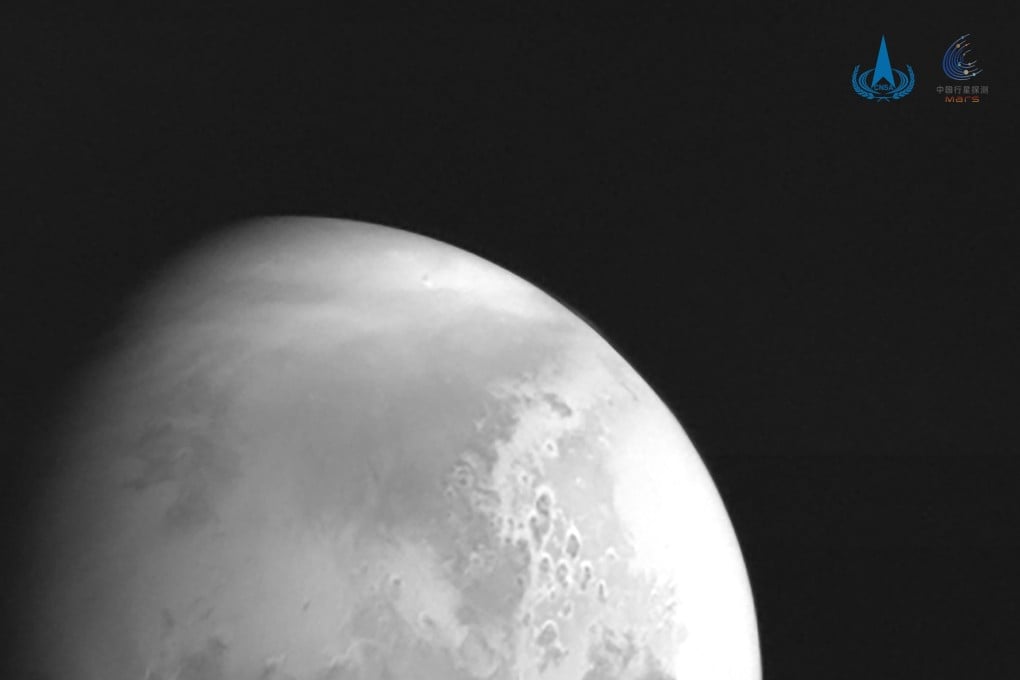China’s Mars probe expected to enter orbit within days before rover studies red planet surface and atmosphere
- Tianwen-1 will slow enough to be captured by Martian gravity around February 10 as part of its mission to orbit, land and release a rover
- Missions from the UAE and the United States are also on their way to Mars and are predicted to arrive this month

Space industry observers say China is confident it will successfully go into orbit and that it is better equipped for complex space exploration now than it was nine years ago when it launched a probe in collaboration with Russia that became stranded in orbit.
The Tianwen-1 will “brake” to slow itself to be captured by Mars’ gravity around February 10 and begin its journey around the planet.
The unmanned probe was around 1.1 million kilometres from Mars after nearly 200 days of flying 465 million kilometres.
If successful, the Tianwen-1 will make China the first country to orbit, land and deploy a rover on its first solo mission to Mars, further boosting China’s space credentials after it last year became the first nation since the 1970s to bring back samples from the moon.